A mournful Takashi Murakami shows his spiritual side at Gagosian Gallery, New York

Since the 1990s when he created his cartoon avatar Mr Dob, there has been a sector of the art market immune to the charms of Takashi Murakami. His 'superflat' style, considered by many to be the ultimate leveller between high and low art, translated to others as simply 'flat'.
The time to reconsider that appraisal is now. In a new show launched at New York's Gagosian gallery this week, Murakami tosses his divisive brand of 'art merchandise' to the wind and breathes a more spiritual air.
Entitled 'In the Land of the Dead, Stepping on the Tail of a Rainbow', the show was triggered by the Tohoku earthquake and tsunami of 2011, which flattened northeast Japan and swept the country into a collective grief. The artist, who has always blended historical motifs and classical techniques in his pop art, mined religious iconography and folk tales with mournful resolve in a journey toward enlightenment.
He devoted time to meditation, to understanding the religions he once dismissed and explored the human tendency to seek religion in the wake of catclysm. Along the way he revisited and internalised Buddhist and Shinto emblems and the 19th-century scrolls of Kano Kazunobu, who painted arhats, or spiritual beings, after the Great Ansei Earthquake of 1855.
Mr Dob makes an appearance in one painting, emoting in a way that's hard to articulate. Ditto the bulbously familiar character Mr Pointy - certainly not the smiley, happy Murakami of yesterday. There is little else to suggest this work comes from the poster boy of art-meets-commerce. The artist's central piece is a 56-tonne sanmon, a replica of a thousand-year-old sacred gate, framing views toward a skull-cluttered canvas. In another room looms a demonic totem, familiar for its Murakami-esque gold plate but not for its mushroom-cloud silhouette, an allusion to that other Japanese disaster in recent memory.
The artist appears to have reconstructed his belief system in the healing years post-tsunami, to embrace all manner of Eastern religions, and tailored their imagery to his mischievous manga sensibility. It's cathartic to watch. Far more edifying than retail therapy.
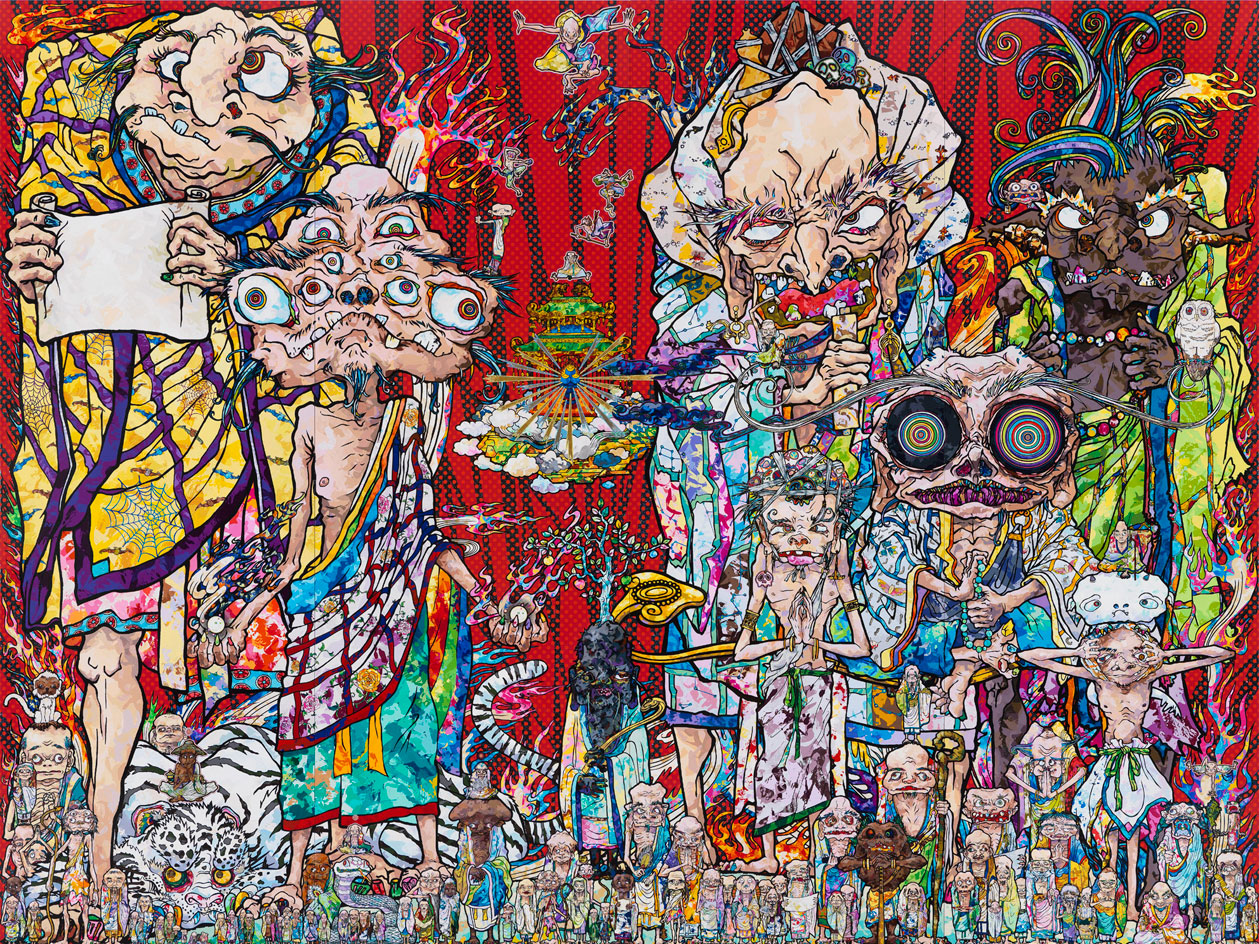
The show, called 'In the Land of the Dead, Stepping on the Tail of a Rainbow', sees Murakami toss his divisive brand of 'art merchandise' to the wind and breathe a more spiritual air. Pictured is 'Isle of the Dead', 2014 © Takashi Murakami/Kaikai Kiki Co Ltd. Courtesy of Gagosian Gallery
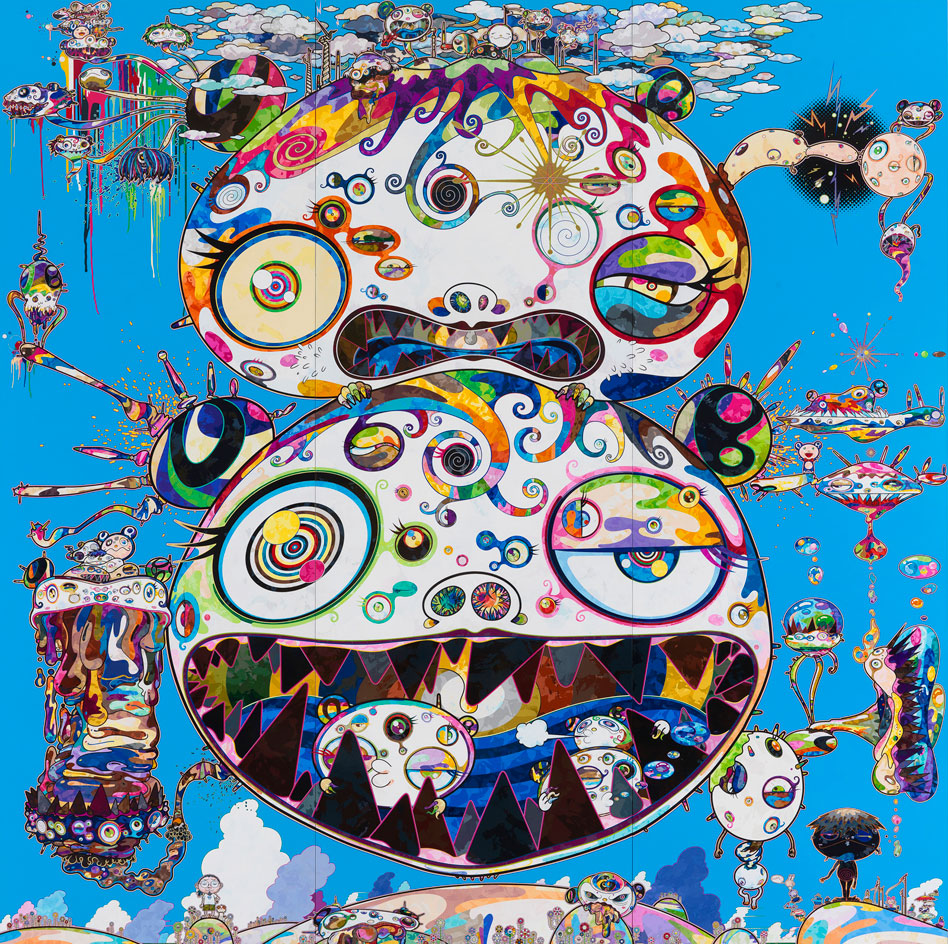
'Tan Tan Bo – In Communication', 2014. Murakami's recurring character is portrayed here in a darker, uglier context.© Takashi Murakami/Kaikai Kiki Co Ltd. Courtesy of Gagosian Gallery.
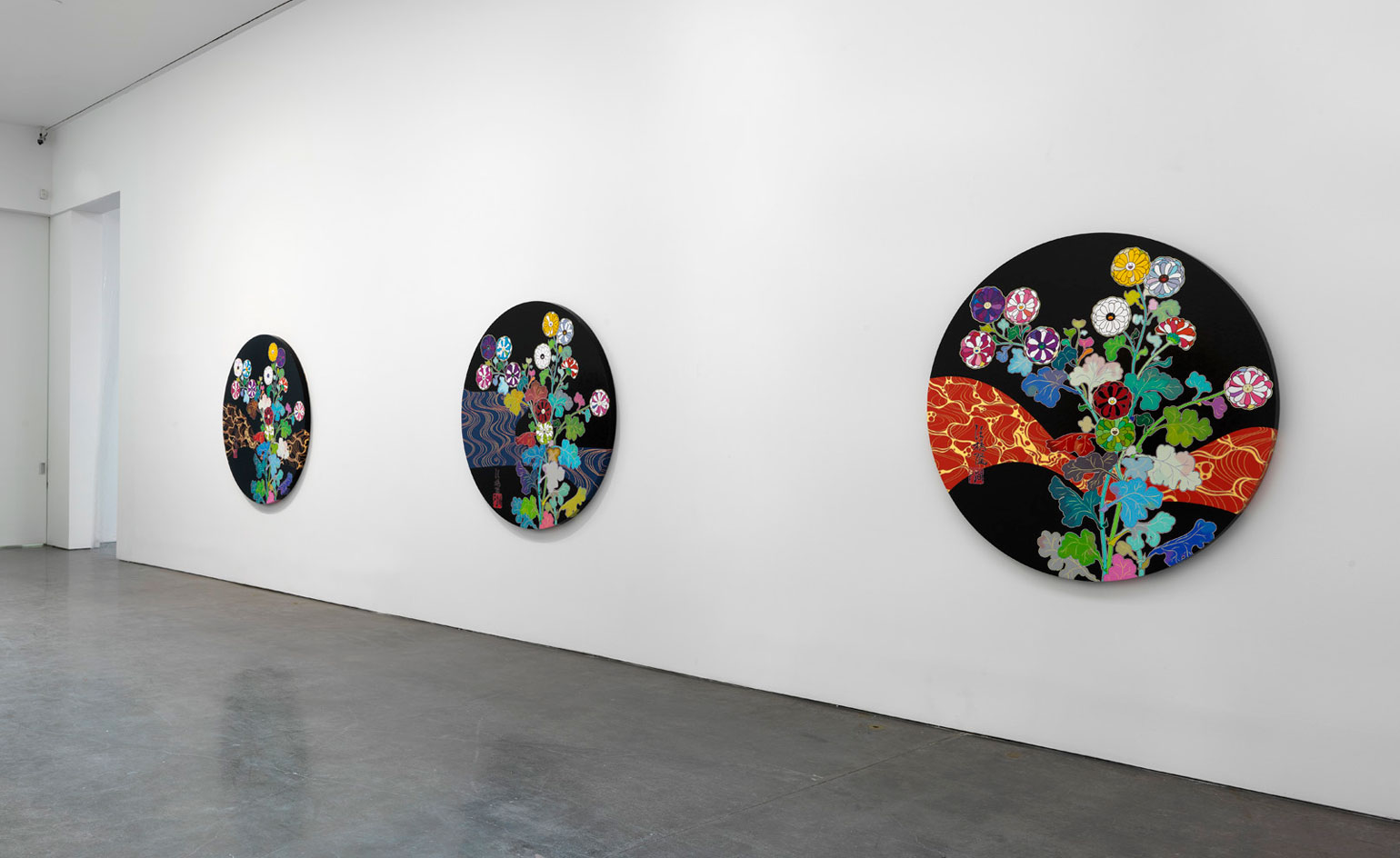
Murakami mined religious iconography and folk tales with mournful resolve.© Takashi Murakami/Kaikai Kiki Co Ltd. Courtesy of Gagosian Gallery.
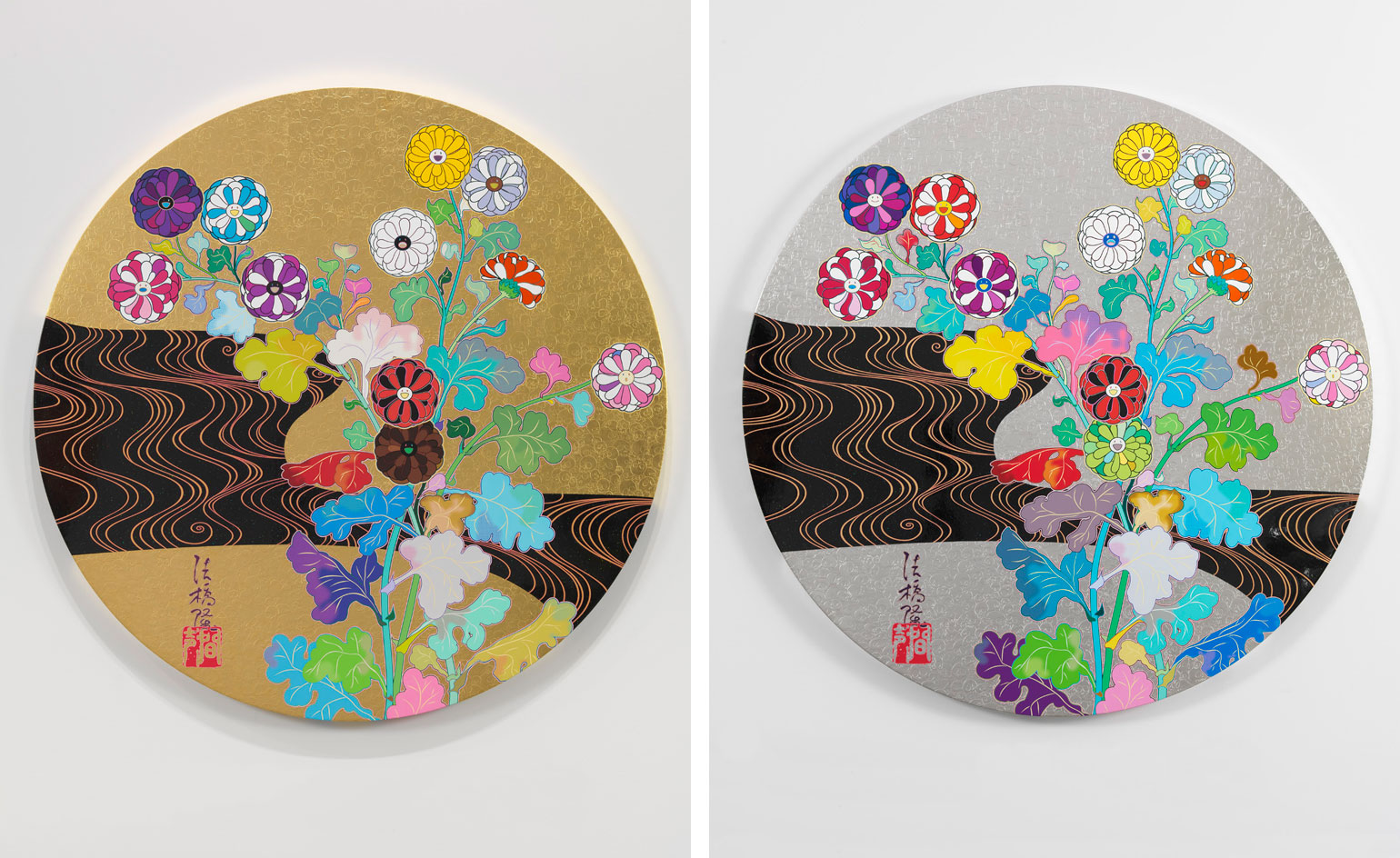
Left: 'The Golden Age: Kōrin – Kansei', 2014. Right: 'Hokkyō Takashi – Kansei,' 2014. © Takashi Murakami/Kaikai Kiki Co Ltd. Courtesy of Gagosian Gallery.
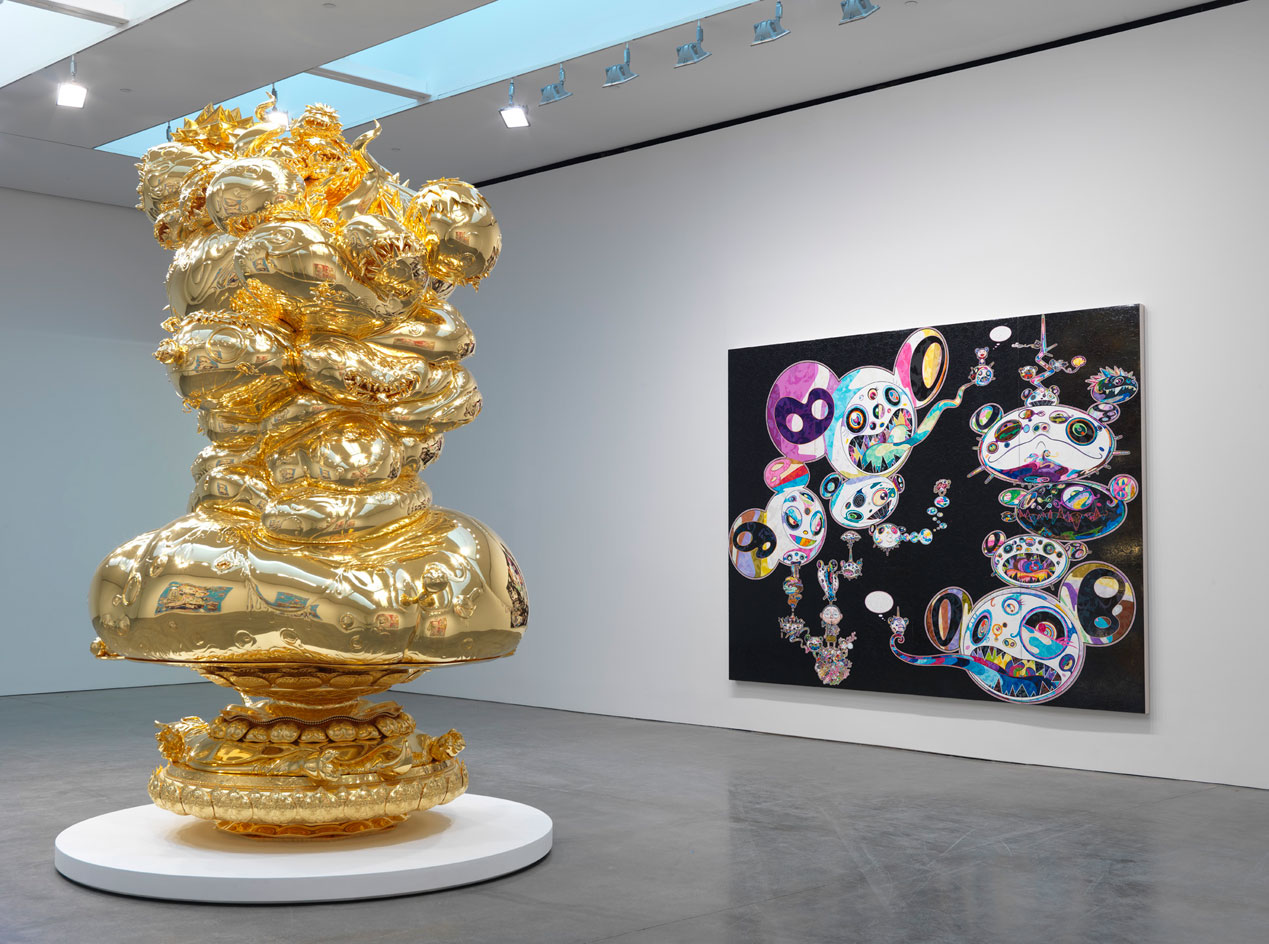
There is little to suggest the work comes from the poster boy of art-meets-commerce.© Takashi Murakami/Kaikai Kiki Co Ltd. Courtesy of Gagosian Gallery.
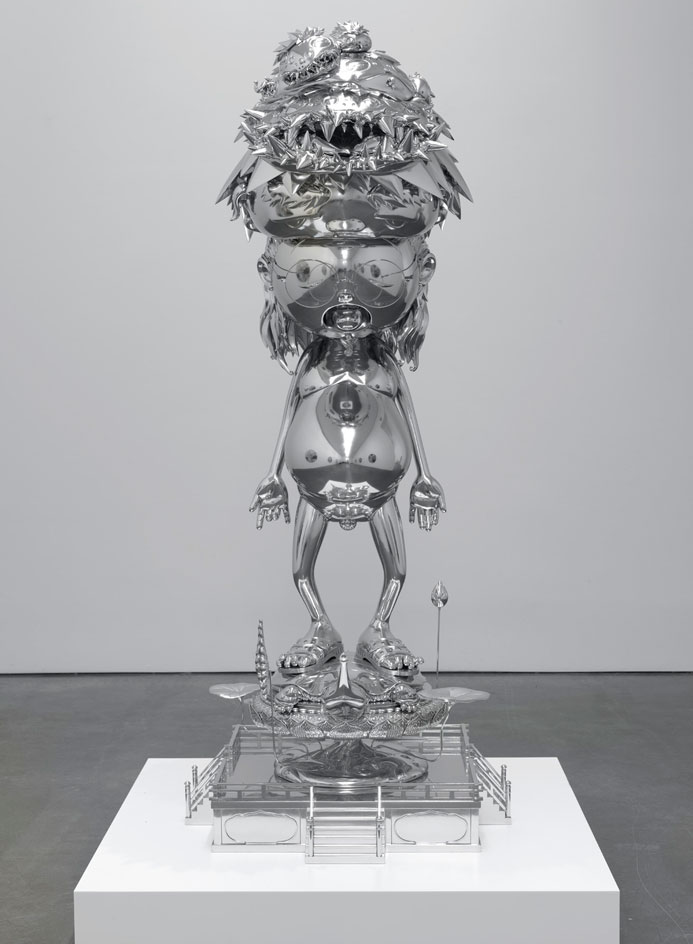
'Invoking the Vitality of a Universe Beyond Imagination', 2014 © Takashi Murakami/Kaikai Kiki Co Ltd. Courtesy of Gagosian Gallery.
ADDRESS
Gagosian Gallery
555 West 24th Street
New York, NY 10011
Receive our daily digest of inspiration, escapism and design stories from around the world direct to your inbox.
Based in London, Ellen Himelfarb travels widely for her reports on architecture and design. Her words appear in The Times, The Telegraph, The World of Interiors, and The Globe and Mail in her native Canada. She has worked with Wallpaper* since 2006.
-
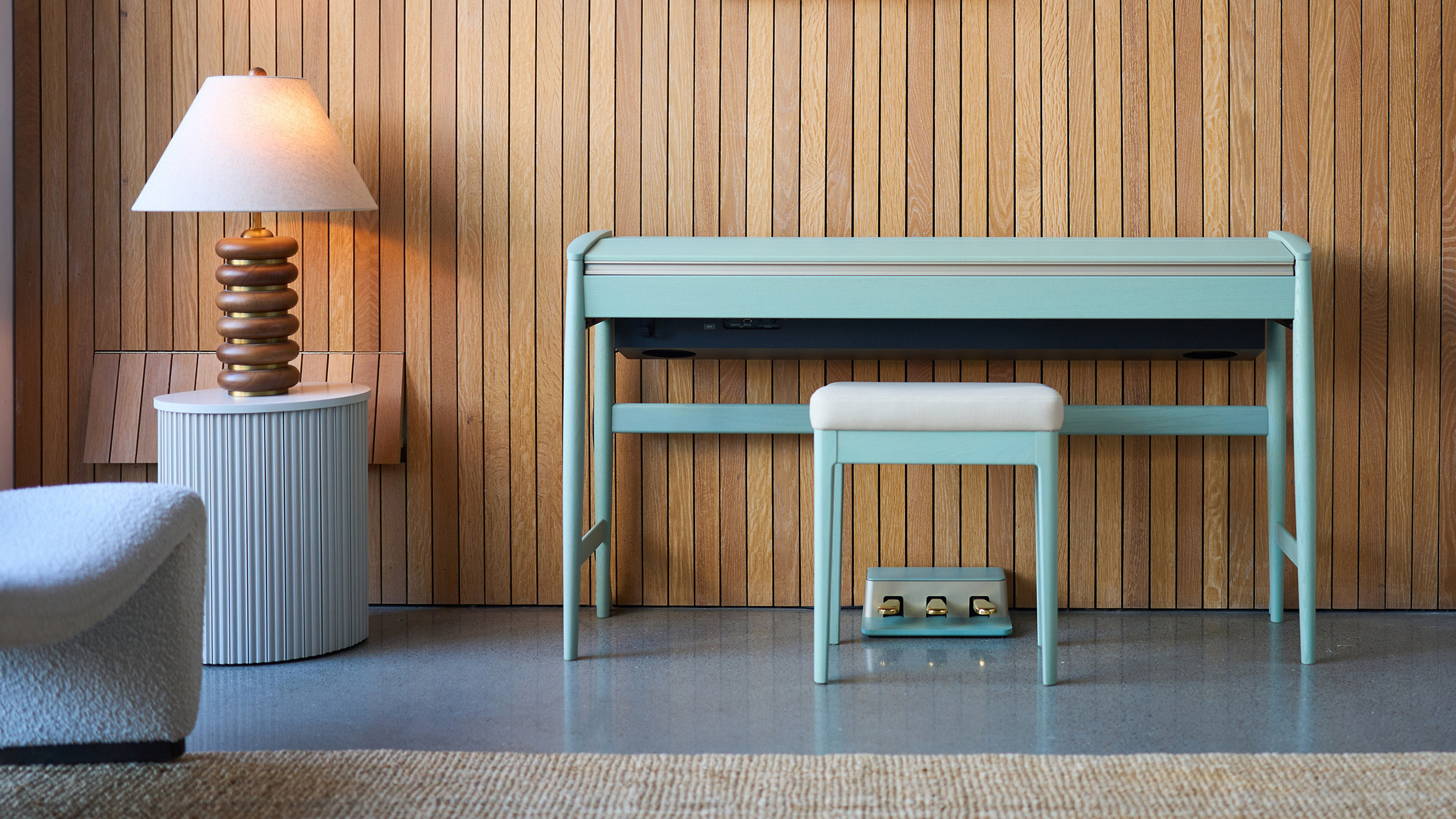 Roland and Karimoku expand their range of handcrafted Kiyola digital pianos
Roland and Karimoku expand their range of handcrafted Kiyola digital pianosThe new Roland KF-20 and KF-25 are the latest exquisitely crafted digital pianos from Roland, fusing traditional furniture-making methods with high-tech sound
-
 Fulham FC’s new Riverside Stand by Populous reshapes the match-day experience and beyond
Fulham FC’s new Riverside Stand by Populous reshapes the match-day experience and beyondPopulous has transformed Fulham FC’s image with a glamorous new stand, part of its mission to create the next generation of entertainment architecture, from London to Rome and Riyadh
-
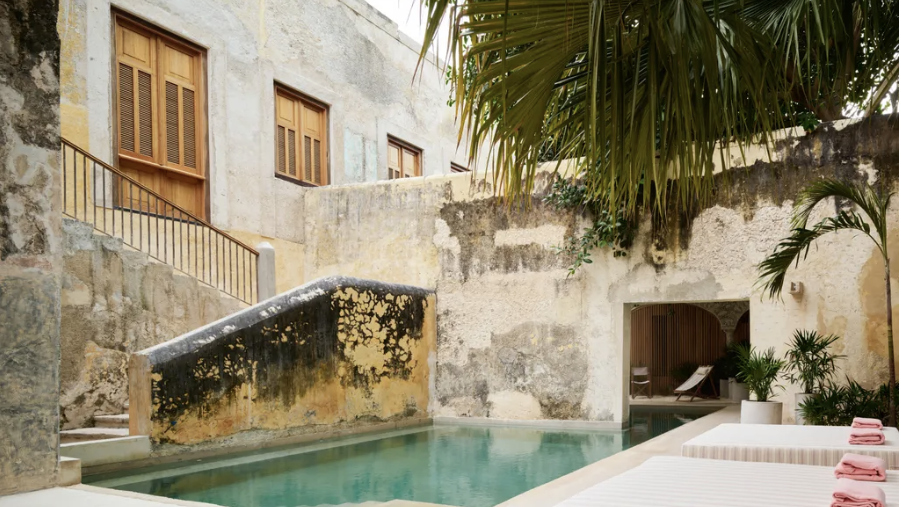 A contemporary Mexican hotel emerges from a 16th-century ruin in Mérida
A contemporary Mexican hotel emerges from a 16th-century ruin in MéridaA renovation project by Zeller & Moye, Mérida’s new Hotel Sevilla wears its architectural interventions lightly, mixing new brutalist elements into listed interiors and a palm-filled courtyard
-
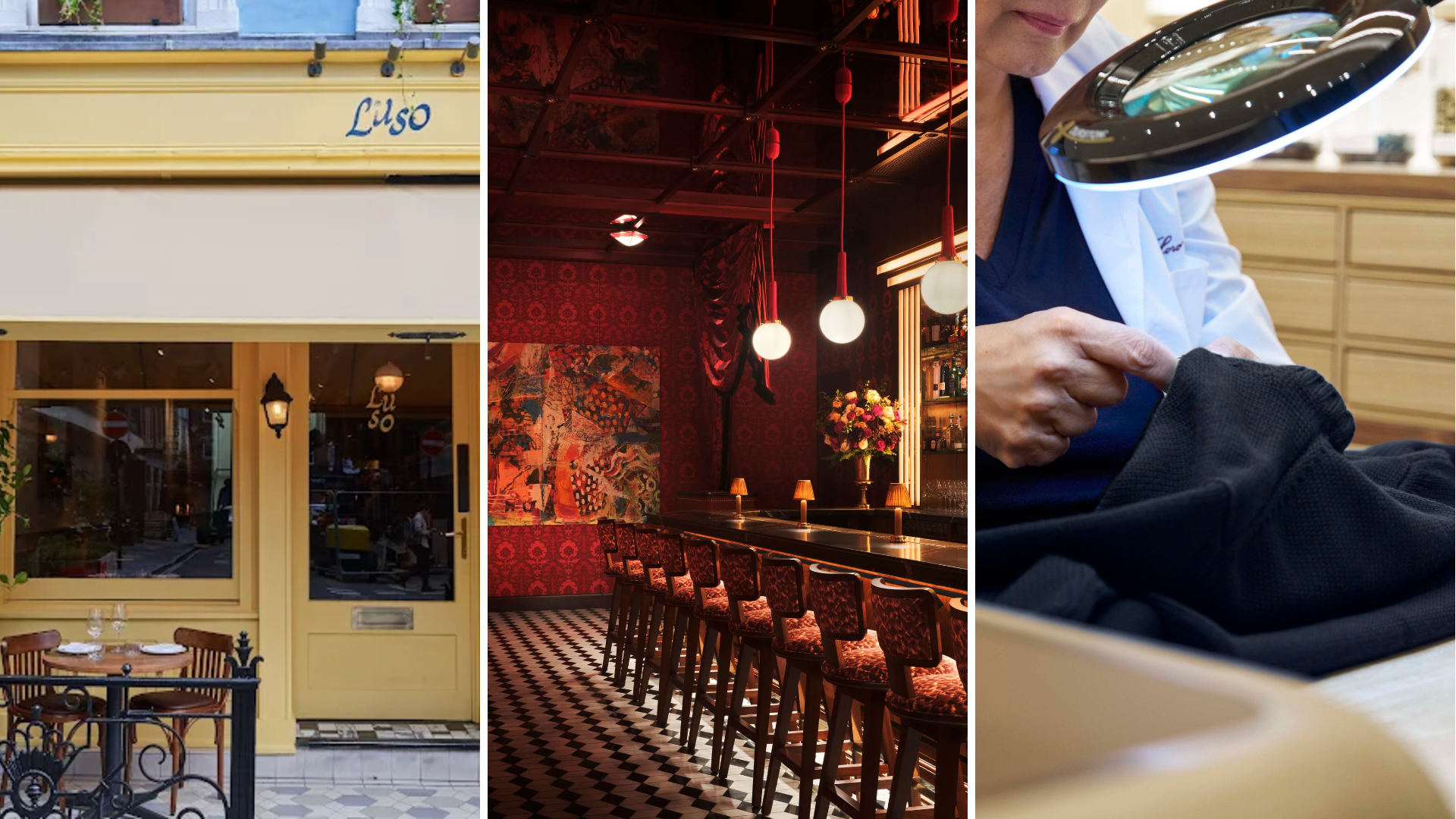 Out of office: The Wallpaper* editors’ picks of the week
Out of office: The Wallpaper* editors’ picks of the week'Tis the season for eating and drinking, and the Wallpaper* team embraced it wholeheartedly this week. Elsewhere: the best spot in Milan for clothing repairs and outdoor swimming in December
-
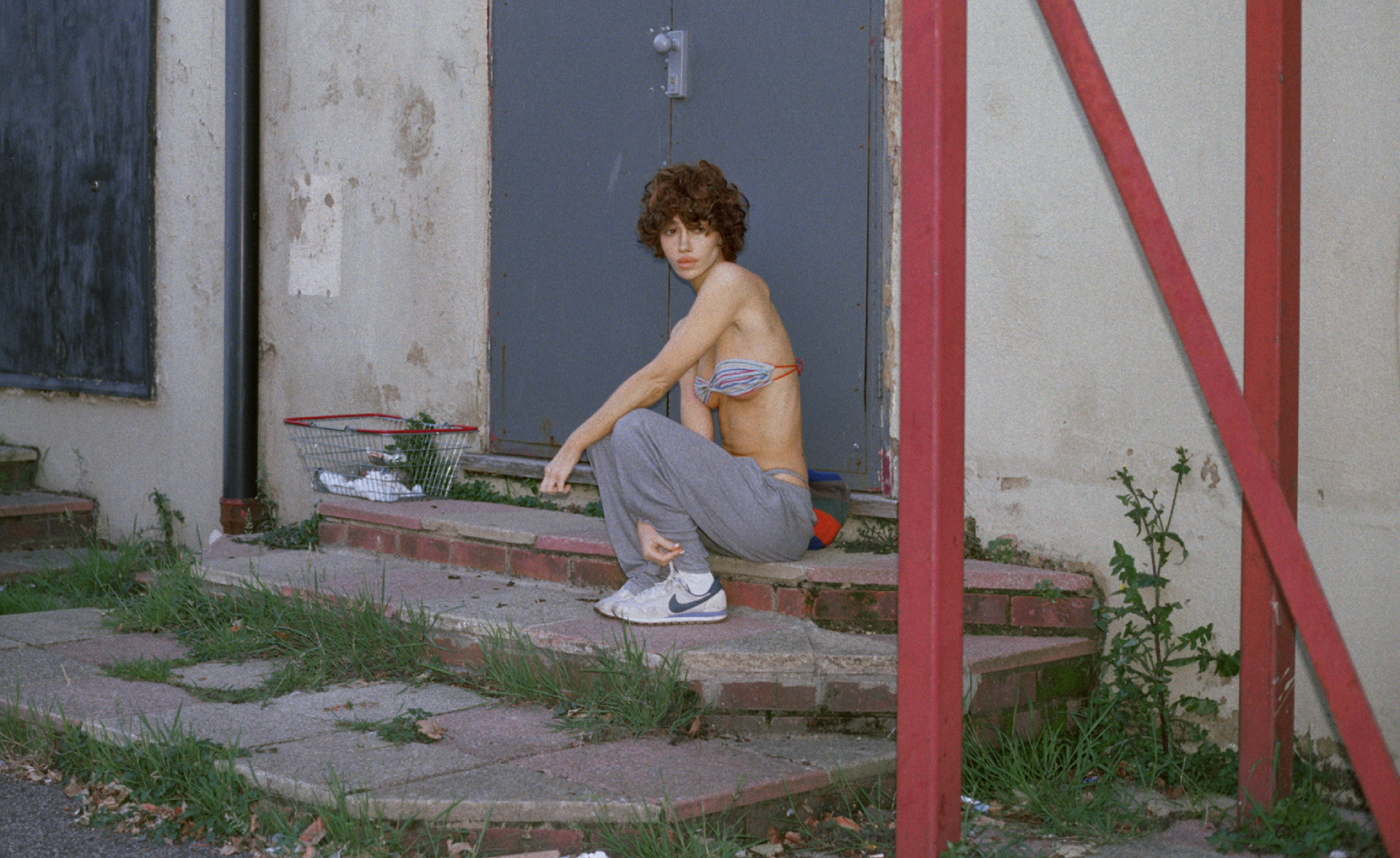 Nadia Lee Cohen distils a distant American memory into an unflinching new photo book
Nadia Lee Cohen distils a distant American memory into an unflinching new photo book‘Holy Ohio’ documents the British photographer and filmmaker’s personal journey as she reconnects with distant family and her earliest American memories
-
 Out of office: The Wallpaper* editors’ picks of the week
Out of office: The Wallpaper* editors’ picks of the weekIt’s been a week of escapism: daydreams of Ghana sparked by lively local projects, glimpses of Tokyo on nostalgic film rolls, and a charming foray into the heart of Christmas as the festive season kicks off in earnest
-
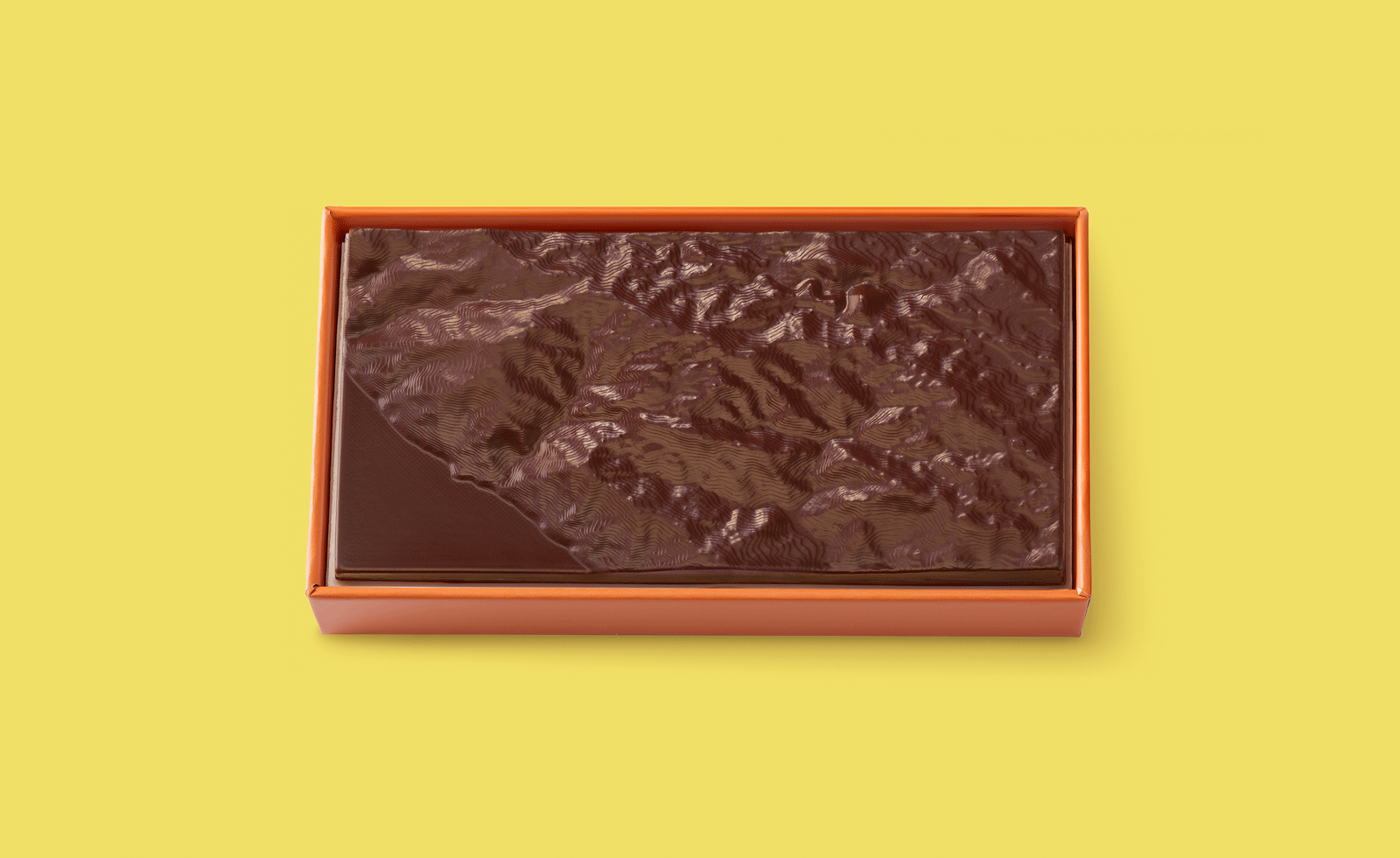 Ed Ruscha’s foray into chocolate is sweet, smart and very American
Ed Ruscha’s foray into chocolate is sweet, smart and very AmericanArt and chocolate combine deliciously in ‘Made in California’, a project from the artist with andSons Chocolatiers
-
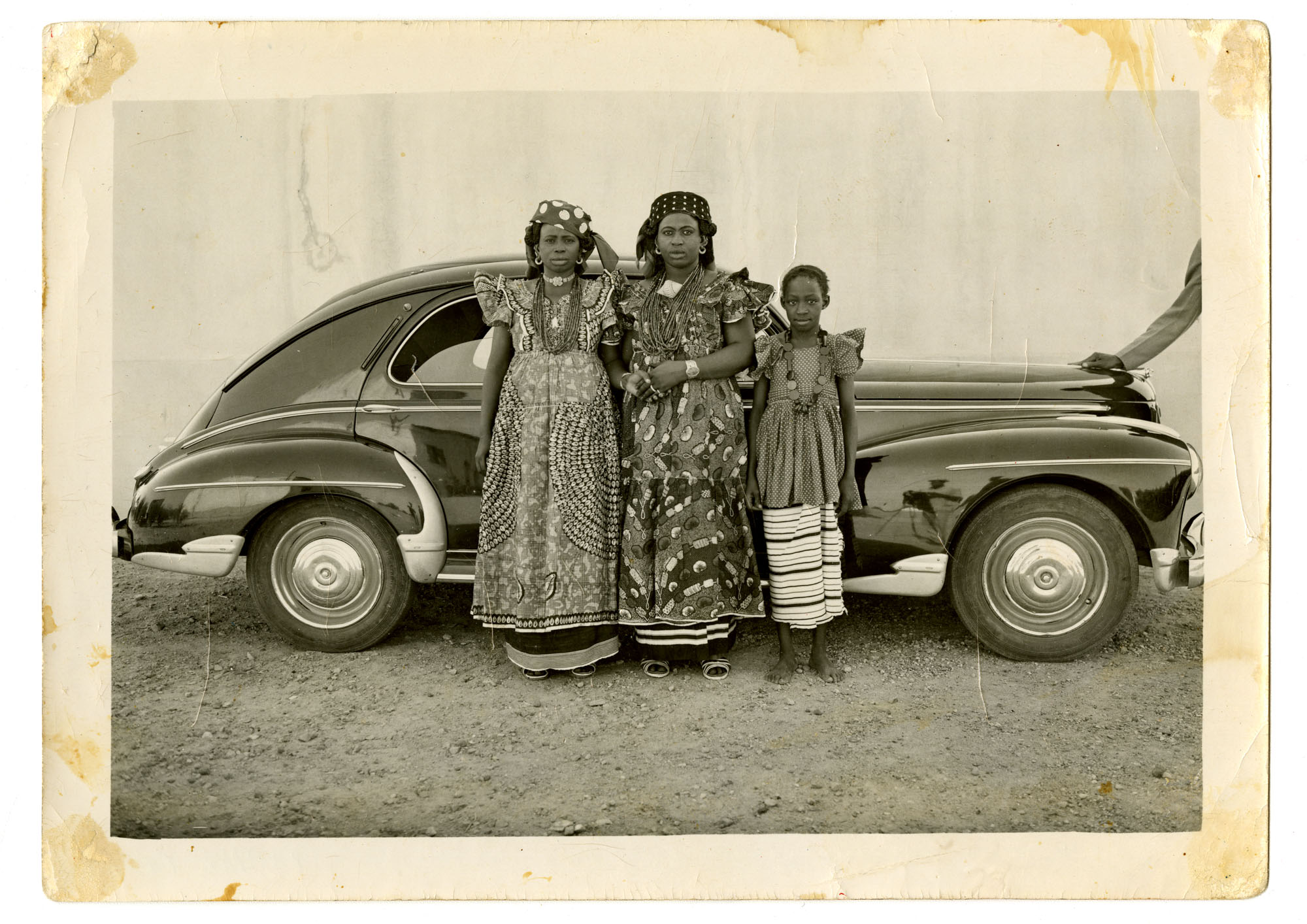 Inside the work of photographer Seydou Keïta, who captured portraits across West Africa
Inside the work of photographer Seydou Keïta, who captured portraits across West Africa‘Seydou Keïta: A Tactile Lens’, an exhibition at the Brooklyn Museum, New York, celebrates the 20th-century photographer
-
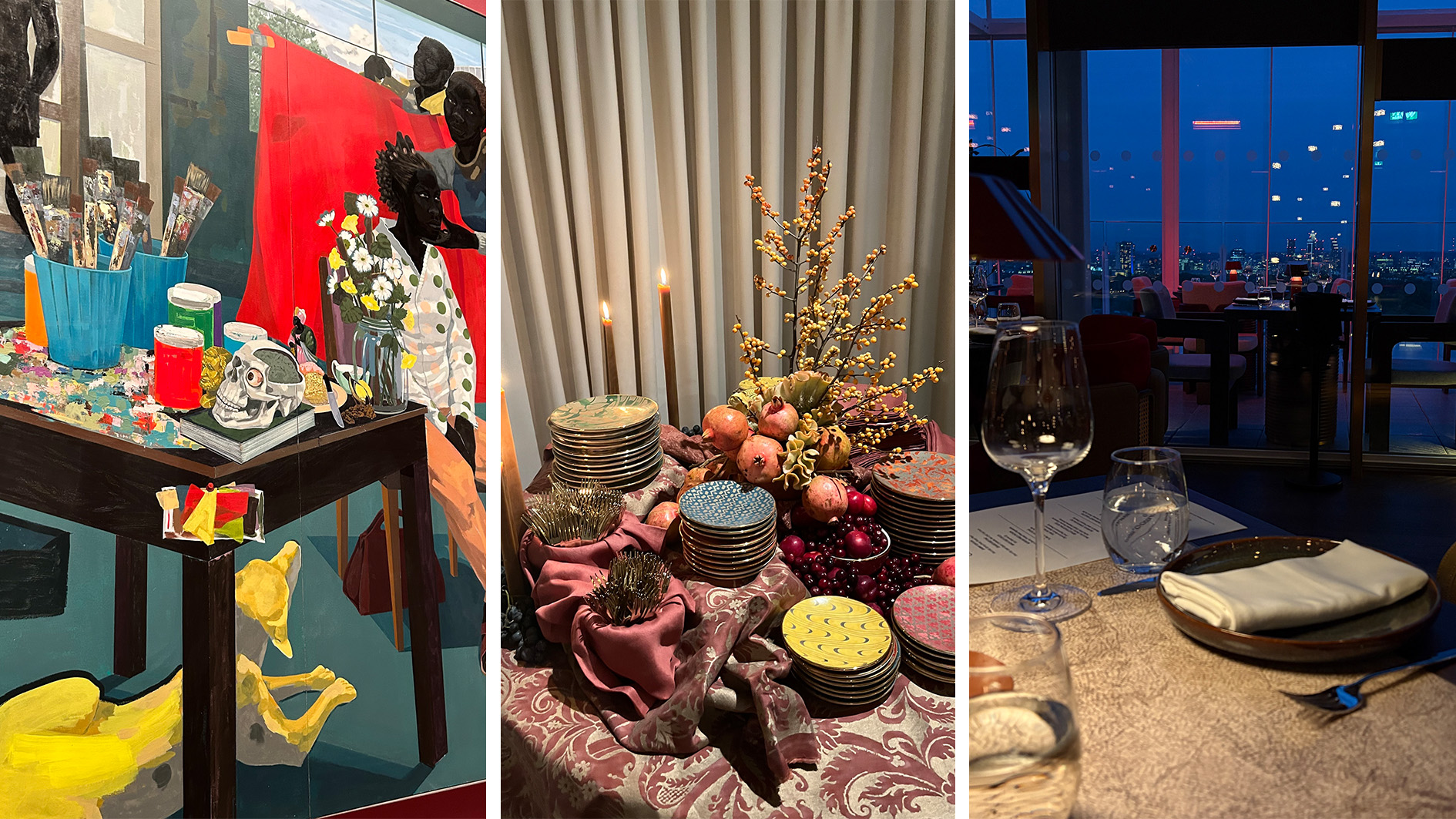 Out of office: The Wallpaper* editors’ picks of the week
Out of office: The Wallpaper* editors’ picks of the weekFrom sumo wrestling to Singaporean fare, medieval manuscripts to magnetic exhibitions, the Wallpaper* team have traversed the length and breadth of culture in the capital this week
-
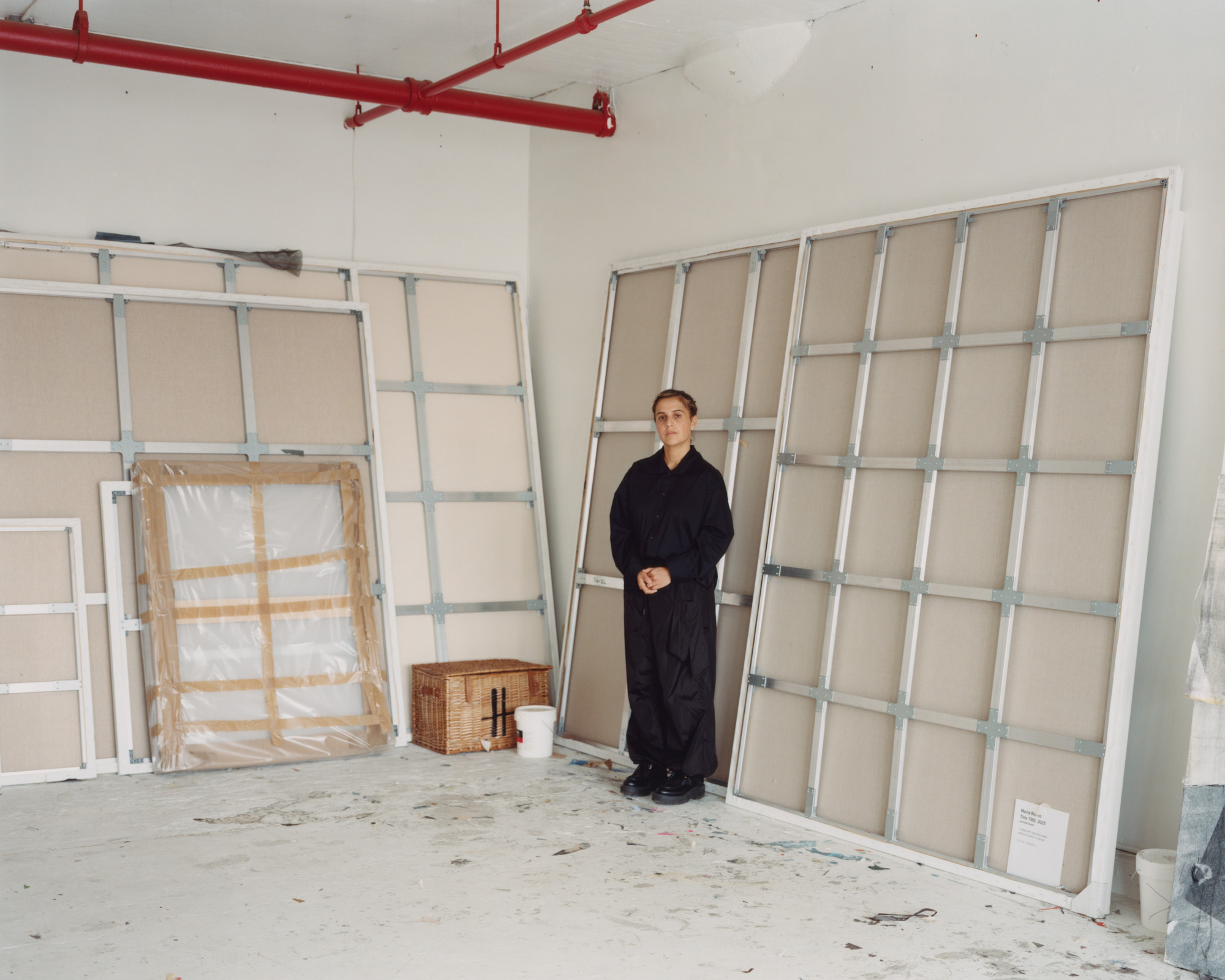 María Berrío creates fantastical worlds from Japanese-paper collages in New York
María Berrío creates fantastical worlds from Japanese-paper collages in New YorkNew York-based Colombian artist María Berrío explores a love of folklore and myth in delicate and colourful works on paper
-
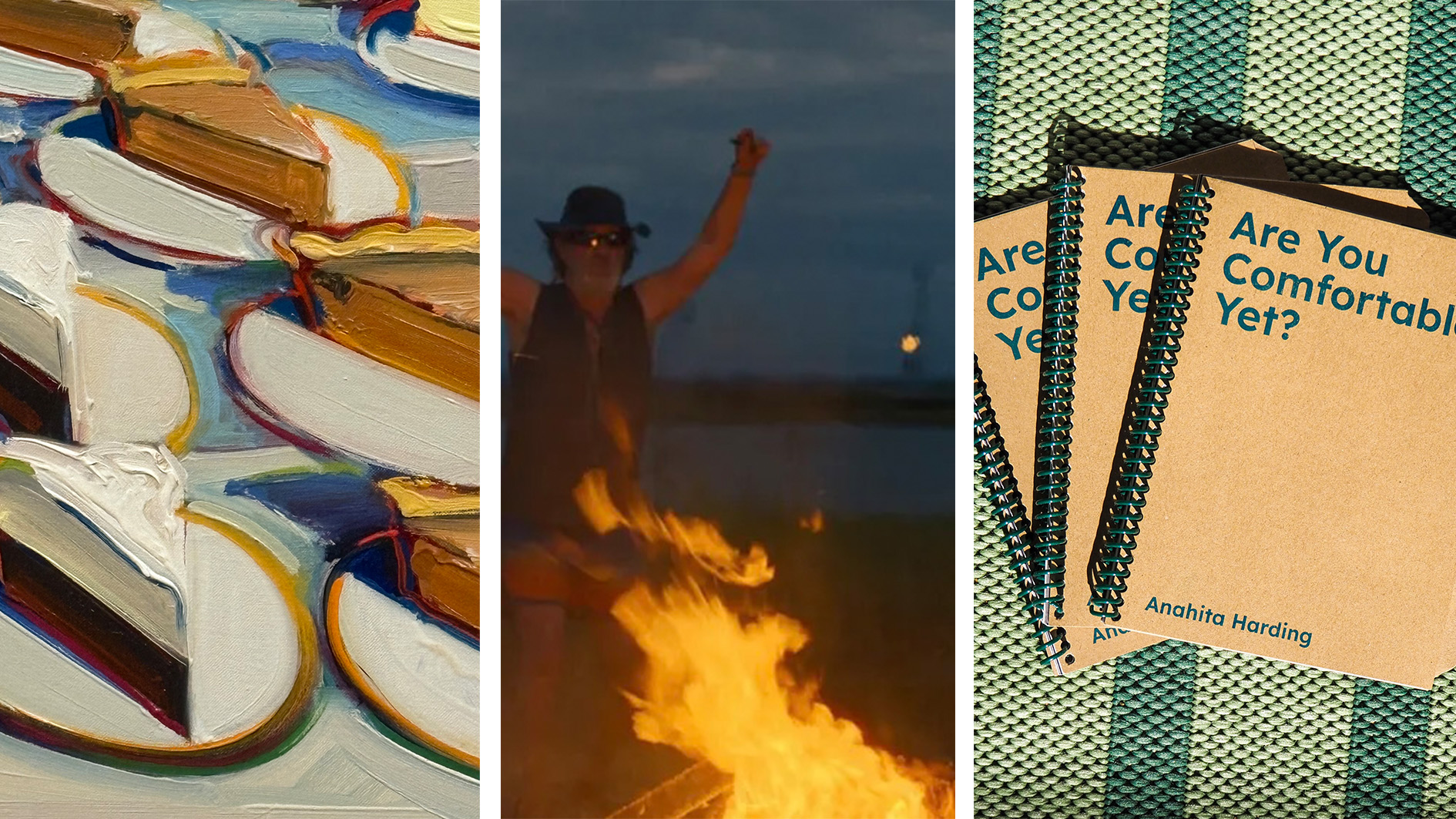 Out of office: the Wallpaper* editors’ picks of the week
Out of office: the Wallpaper* editors’ picks of the weekAs we approach Frieze, our editors have been trawling the capital's galleries. Elsewhere: a 'Wineglass' marathon, a must-see film, and a visit to a science museum